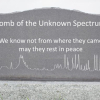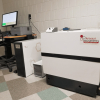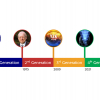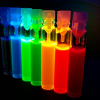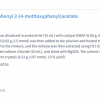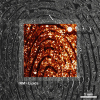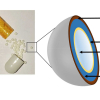Neil T. Hunt
Department of Physics, University of Strathclyde, SUPA, 107 Rottenrow East, Glasgow, G4 0NG, UK. E-mail: [email protected], http://bcp.phys.strath.ac.uk/ultrafast/
Since the first experiment was performed nearly a decade ago, ultrafast two-dimensional infrared (2D-IR) spectroscopy has emerged as an exciting non-linear ultrafast laser technique for probing molecular structure and solute–solvent interaction dynamics in a range of systems of chemical and biological relevance.
Additionally, the unique combination of structural information and ultrafast time resolution allows 2D-IR spectroscopy to probe non-equilibrium and even reacting systems, effectively making real-time movies of molecular processes. This article provides a brief introduction to the experimental methodologies behind ultrafast 2D-IR spectroscopy before using applications to illustrate the additional information afforded by this new approach.
While linear (1D) infrared spectroscopy is a powerful probe of molecular structure and of the solute–solvent environment, much of this information is lost because we obtain an ensemble-averaged response projected onto one frequency axis causing information relating to vibrational coupling and structural fluctuations to be unrecoverable. 2D-IR circumvents this, spreading the molecular response over two frequency axes to produce a spectrum not unlike that obtained via 2D-nuclear magnetic resonance (2D-NMR) spectroscopy, in which the 1D spectrum is present along the spectrum diagonal with cross- or off-diagonal peaks revealing vibrational coupling between the individual modes of the studied molecule. These cross-peaks yield much of the new information available from 2D-IR, including molecular structural information through the angles between coupled transition dipole moments and vibrational energy relaxation mechanisms through the ability to observe energy flow between vibrational modes. Additionally, the lineshapes obtained by 2D-IR methods give insight into solute–solvent dynamics and inhomogeneous broadening effects, while the rates of chemical exchange processes between hydrogen-bonded species can also be measured. It is not possible to mention every application of 2D-IR individually but the technique has been the topic of excellent recent review articles.









